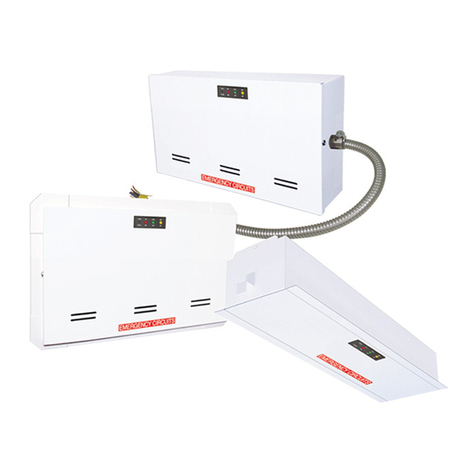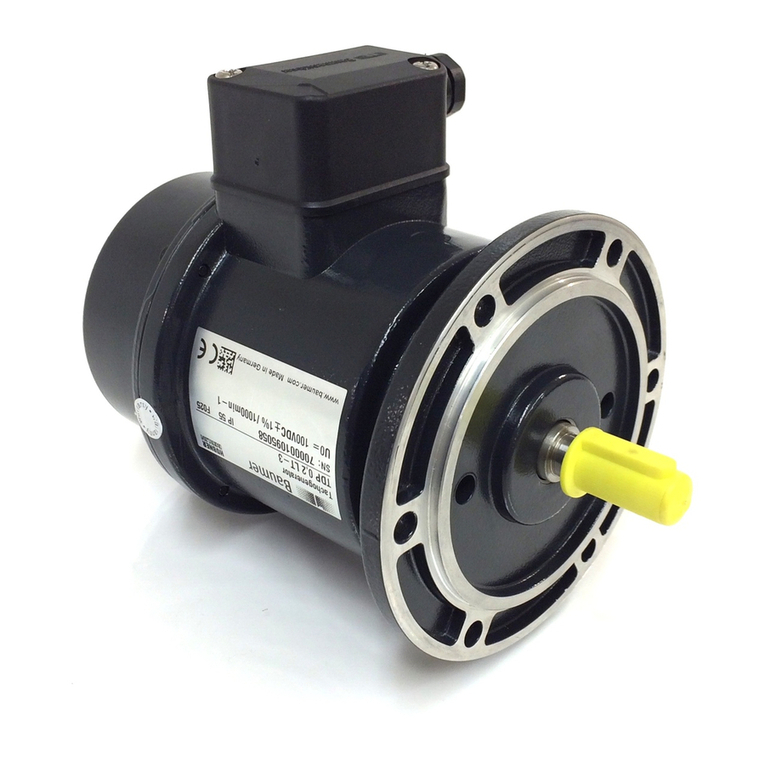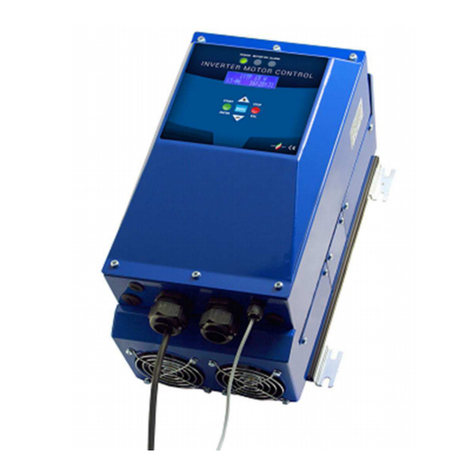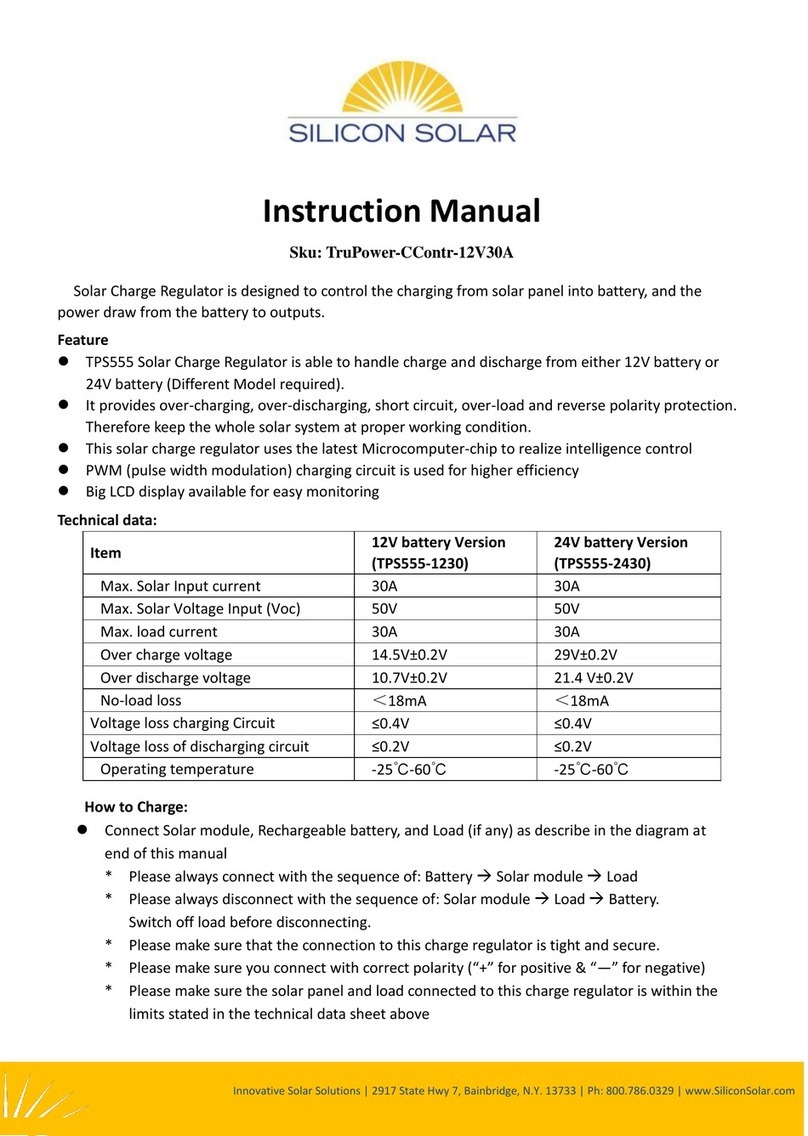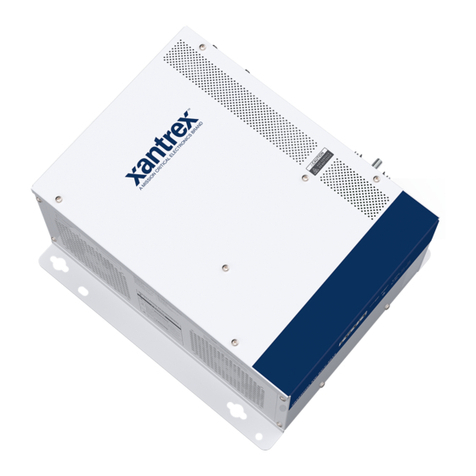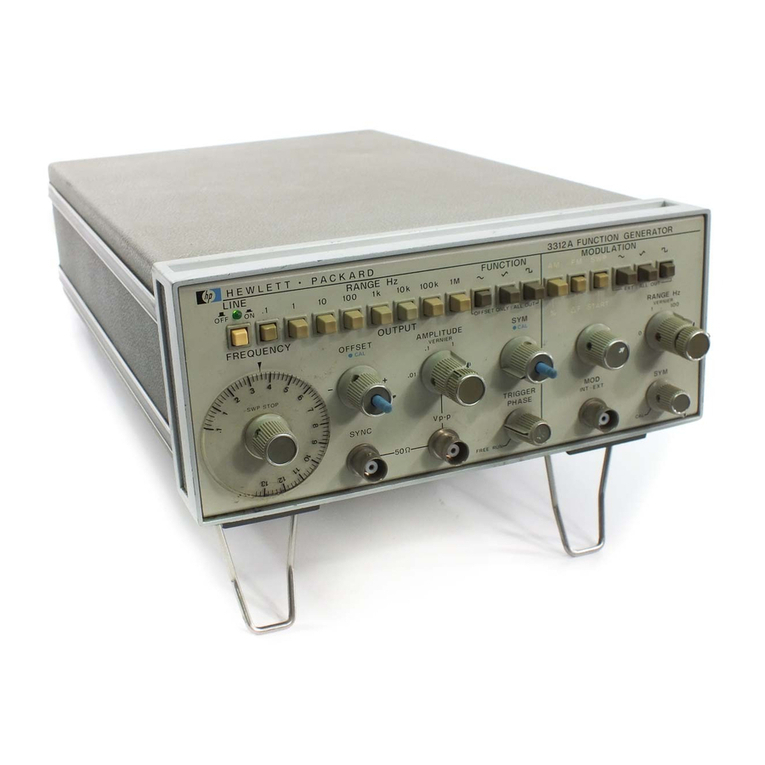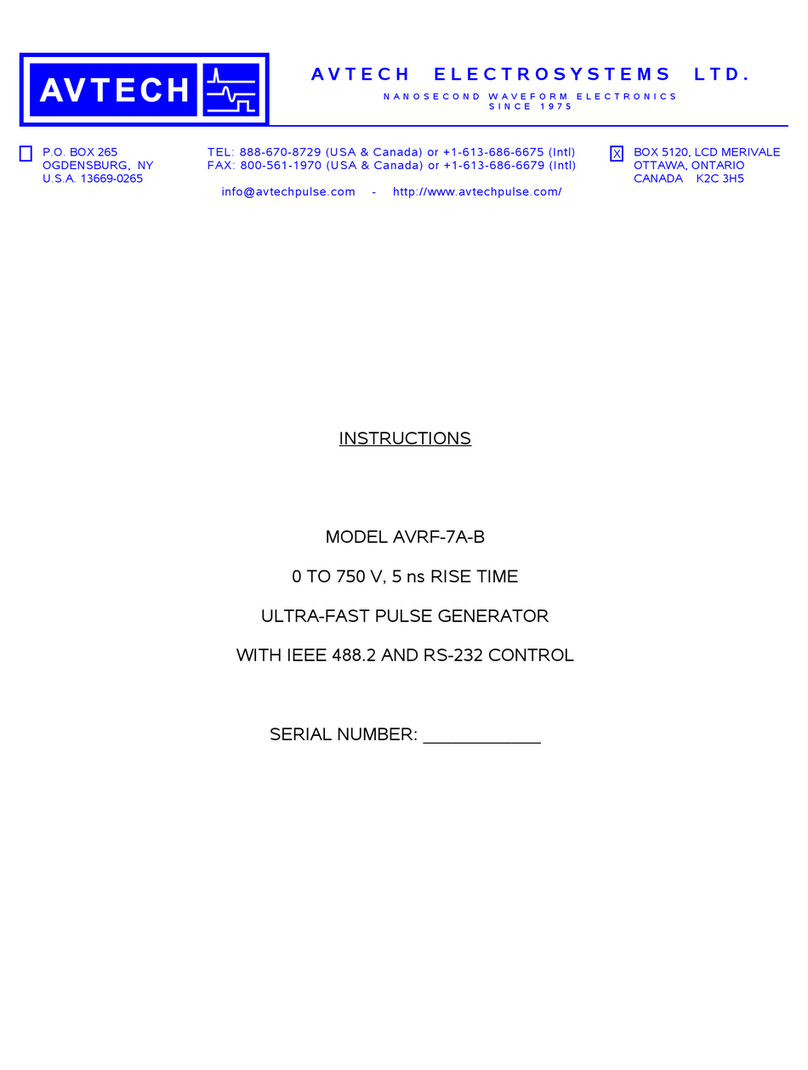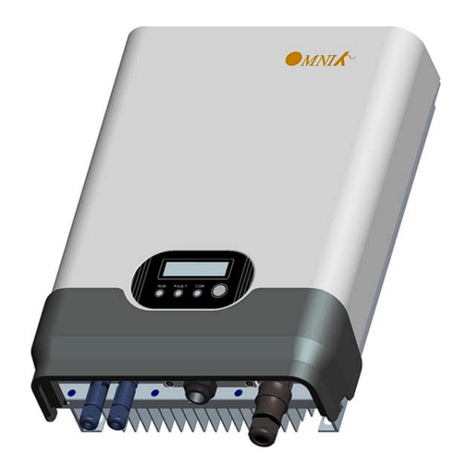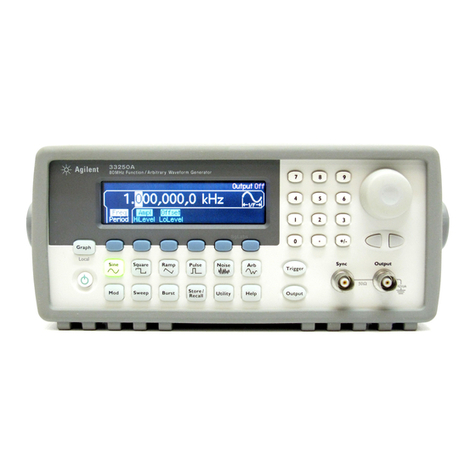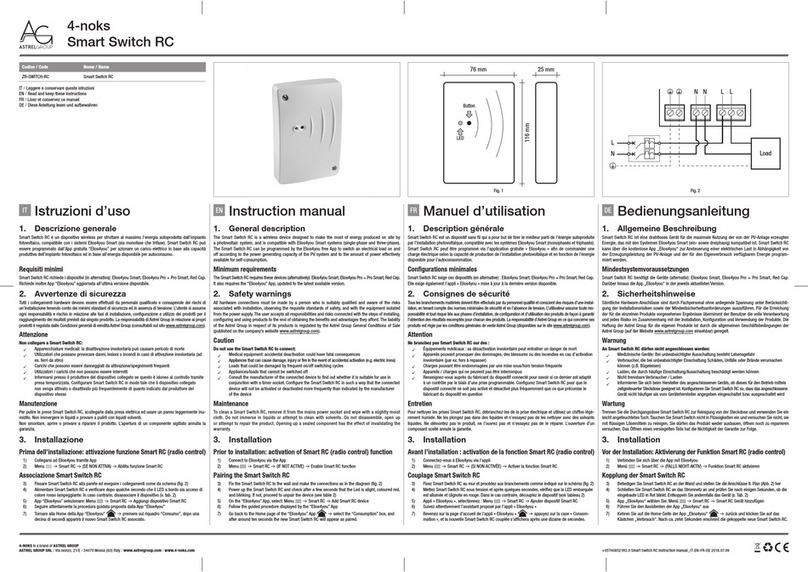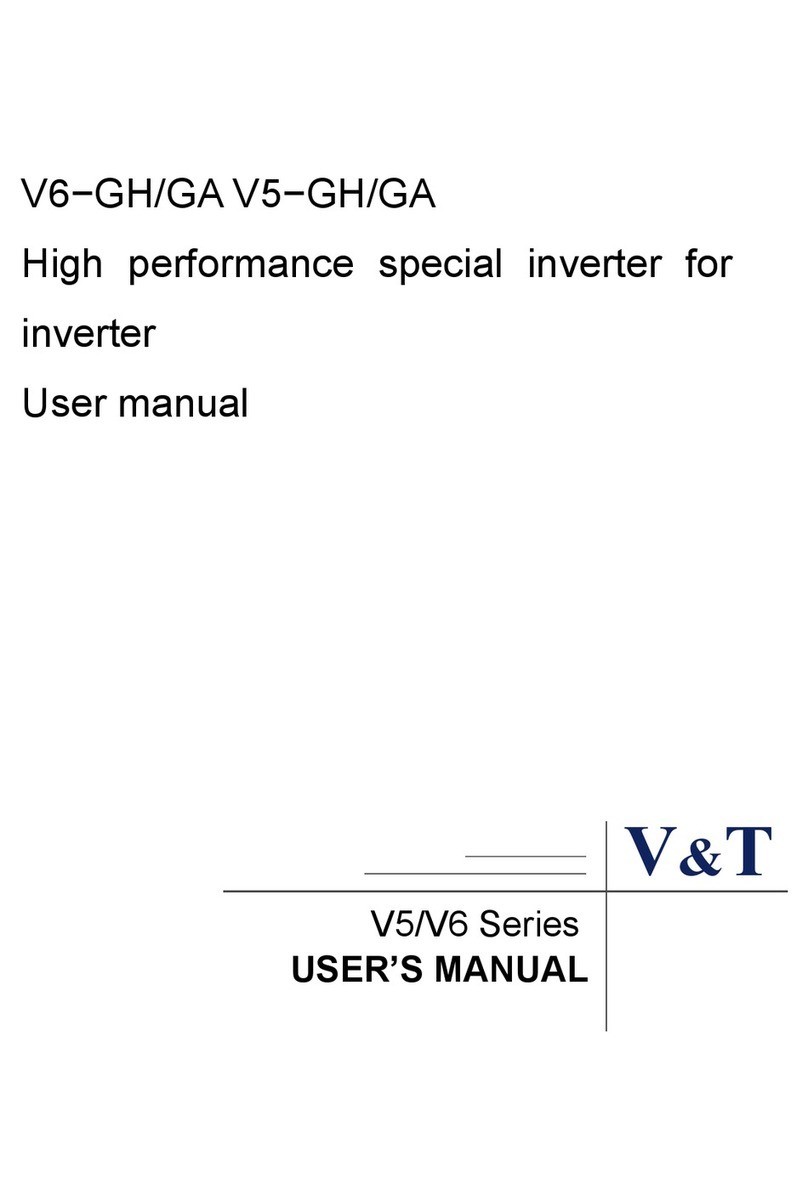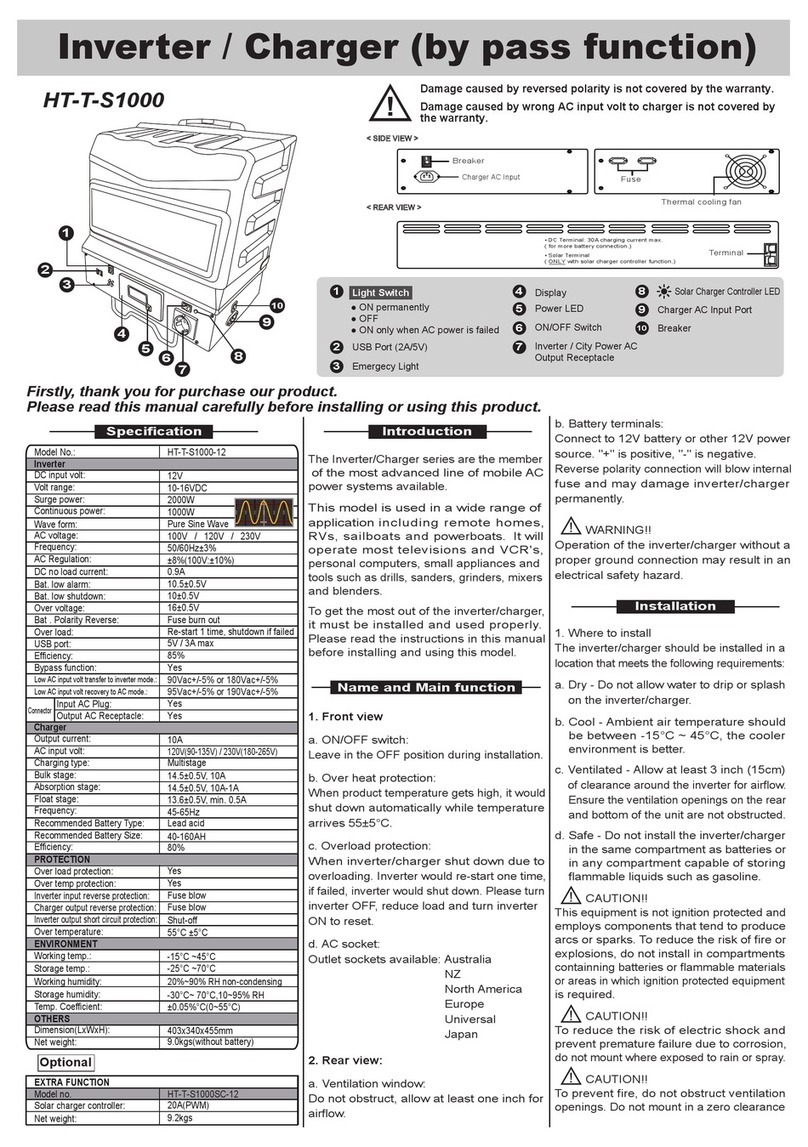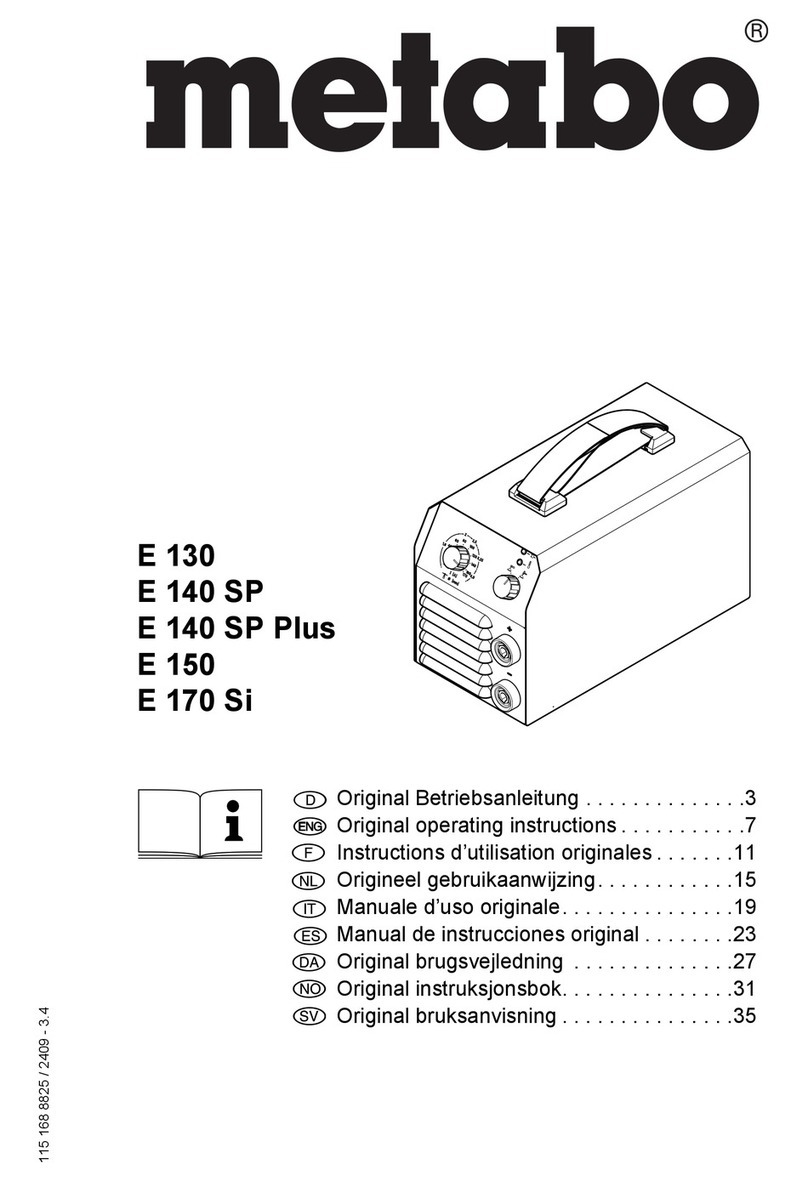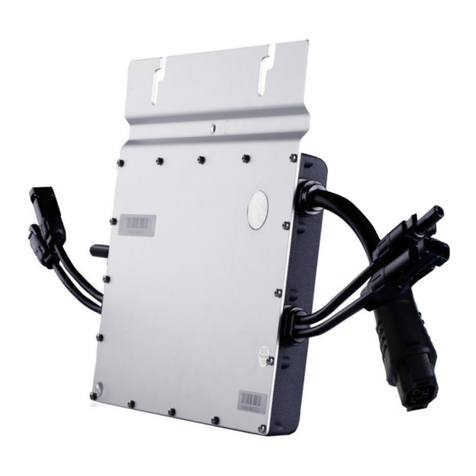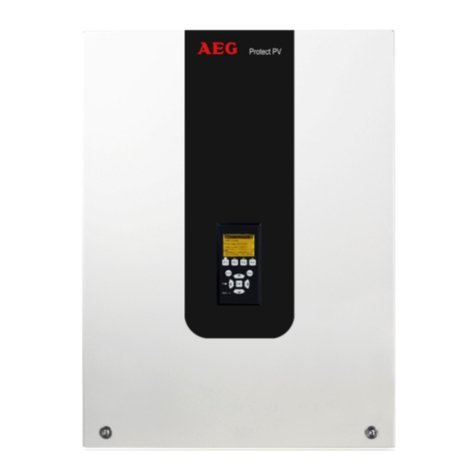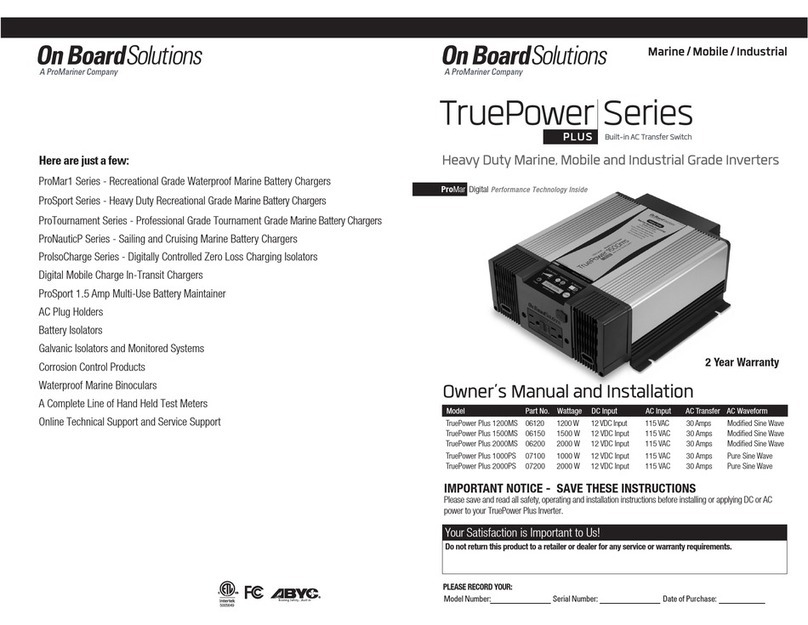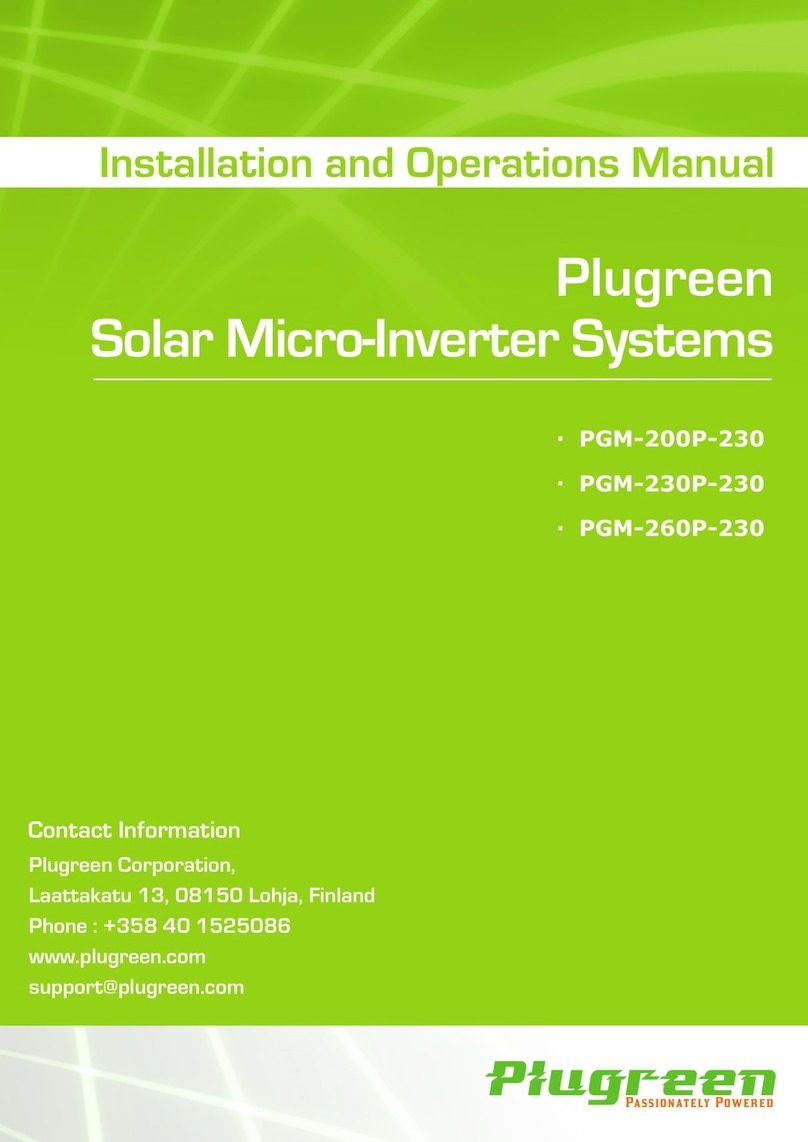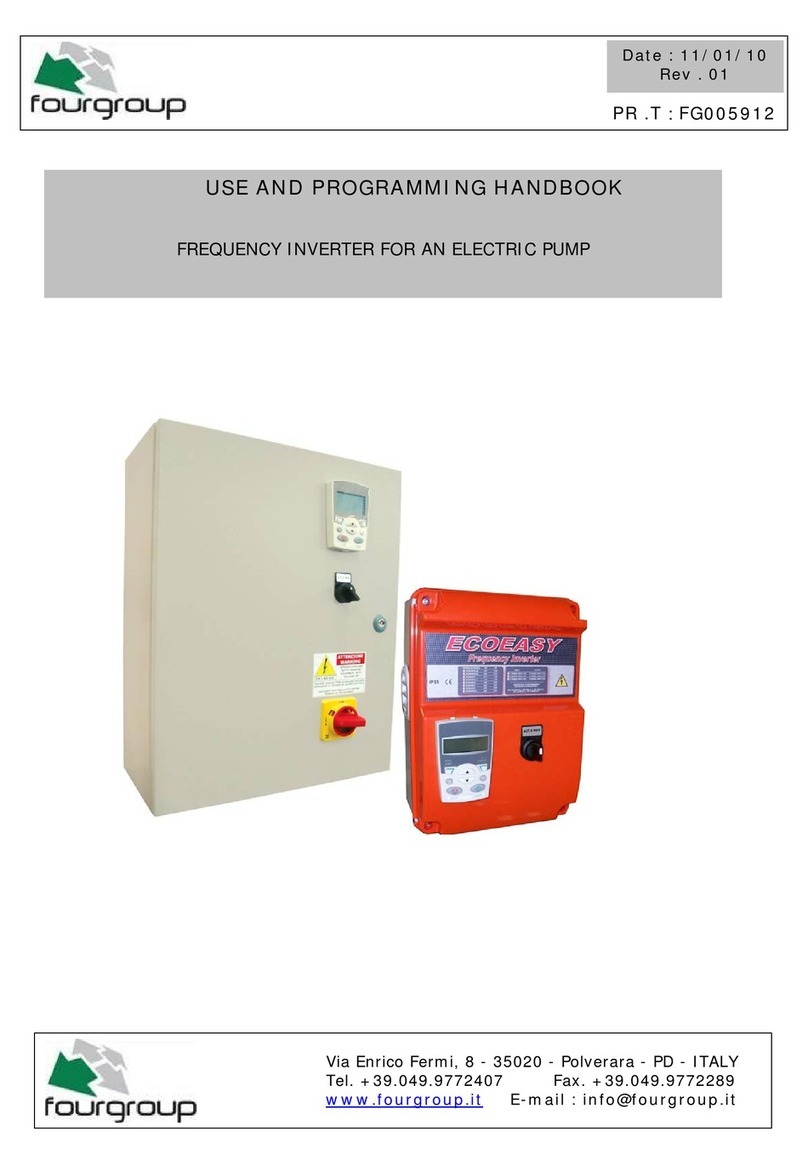
and that this pulse generator meets the intent of the Low Voltage Directive 72/23/EEC
as amended by 3/68/EEC. Compliance pertains to the following specifications as
listed in the official Journal of the European Communities:
EN 61010-1:2001 Safety requirements for electrical equipment for
measurement, control, and laboratory use
DIRECTIVE 2002/ 5/EC (RoHS)
This instrument is exempt from Directive 2002/ 5/EC of the European Parliament and
of the Council of 27 January 2003 on the Restriction of the use of certain Hazardous
Substances (RoHS) in electrical and electronic equipment. Specifically, Avtech
instruments are considered "Monitoring and control instruments" (Category ) as
defined in Annex 1A of Directive 2002/ 6/EC. The Directive 2002/ 5/EC only applies to
Directive 2002/ 6/EC categories 1-7 and 10, as stated in the "Article 2 - Scope" section
of Directive 2002/ 5/EC.
DIRECTIVE 2002/ 6/EC (WEEE)
European customers who have purchased this equipment directly from Avtech will have
completed a “WEEE Responsibility Agreement” form, accepting responsibility for
WEEE compliance (as mandated in Directive 2002/ 6/EC of the European Union and
local laws) on behalf of the customer, as provided for under Article of Directive
2002/ 6/EC.
Customers who have purchased Avtech equipment through local representatives
should consult with the representative to determine who has responsibility for WEEE
compliance. Normally, such responsibilities with lie with the representative, unless
other arrangements (under Article ) have been made.
Requirements for WEEE compliance may include registration of products with local
governments, reporting of recycling activities to local governments, and financing of
recycling activities.
7
